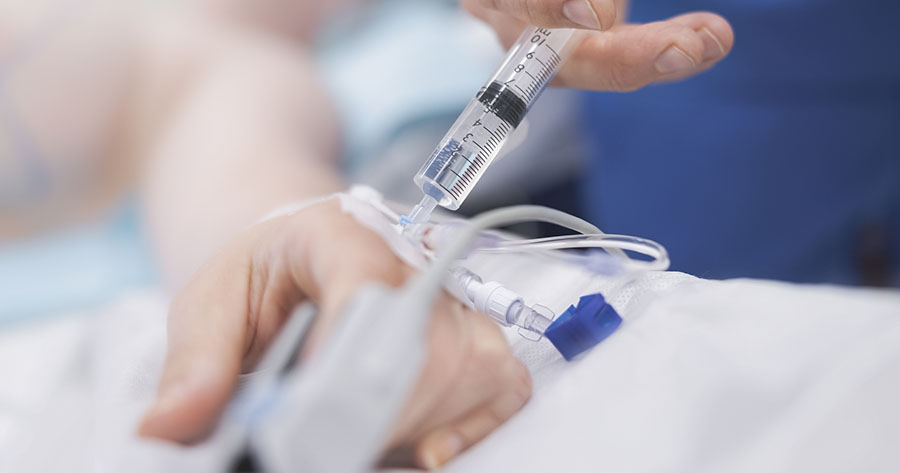A matchstick-sized pump that can be implanted for up to 6 months has met its primary endpoints in two phase III studies. The ITCA 650 device, developed by Intarcia Therapeutics (Boston, MA, USA), is implanted subdermally and provides consistent and continuous delivery of the glucagon-like peptide-1 (GLP-1) receptor agonist exenatide. It aims to provide a long-term treatment alternative both to the injectable GLP-1 analogues that are currently on the market and to oral glucose-lowering agents.
The results of the two studies were presented at the American Diabetes Association’s 75th Scientific Sessions in Boston. FREEDOM-1 recruited 460 people with type 2 diabetes who had failed to achieve good glycaemic control with oral medications or diet and lifestyle changes. These were randomised in a 1:1:1 ratio to the ITCA 650 device with exenatide 40 μg/day, exenatide 60 μg/day or placebo, in conjunction with their ongoing treatment. After 39 weeks of treatment, in the modified intention-to-treat population, ITCA 650 reduced HbA1c levels by 15 mmol/mol (1.4%) compared with placebo. Participants receiving the 60-μg/day dose lost a mean of 4 kg of weight, significantly more than the 2 kg lost in the placebo group.
The FREEDOM-1 HBL (High Baseline) trial was conducted in 60 people with very poor glycaemic control (HbA1c, 86–108 mmol/mol [10–12%]). At 39 weeks, mean HbA1c had decreased by 37 mmol/mol (3.4%) in the ITCA 650 group, who received 60 μg/day of exenatide, compared with placebo.
Julio Rosenstock (University of Texas Southwestern Medical Center at Dallas), the lead investigator for FREEDOM-1, commented: “Reaching and sustaining recommended blood glucose levels and weight loss are important but very difficult goals to achieve and maintain for the majority of patients with type 2 diabetes. These positive phase III trial results suggest ITCA 650 holds the potential to open up a new treatment approach to address the significant unmet needs for enhancing treatment adherence to help bring more patients into glycaemic control in the growing epidemic of type 2 diabetes.”
Two other trials are ongoing, with data expected in the second half of 2015. If successful, Intarcia expects to be able to file for regulatory approval of ITCA 650 in the US in 2016.
More information on the ITCA 650 device can be found here.





